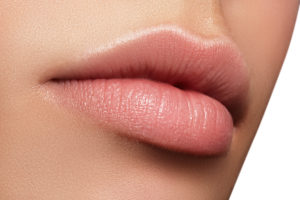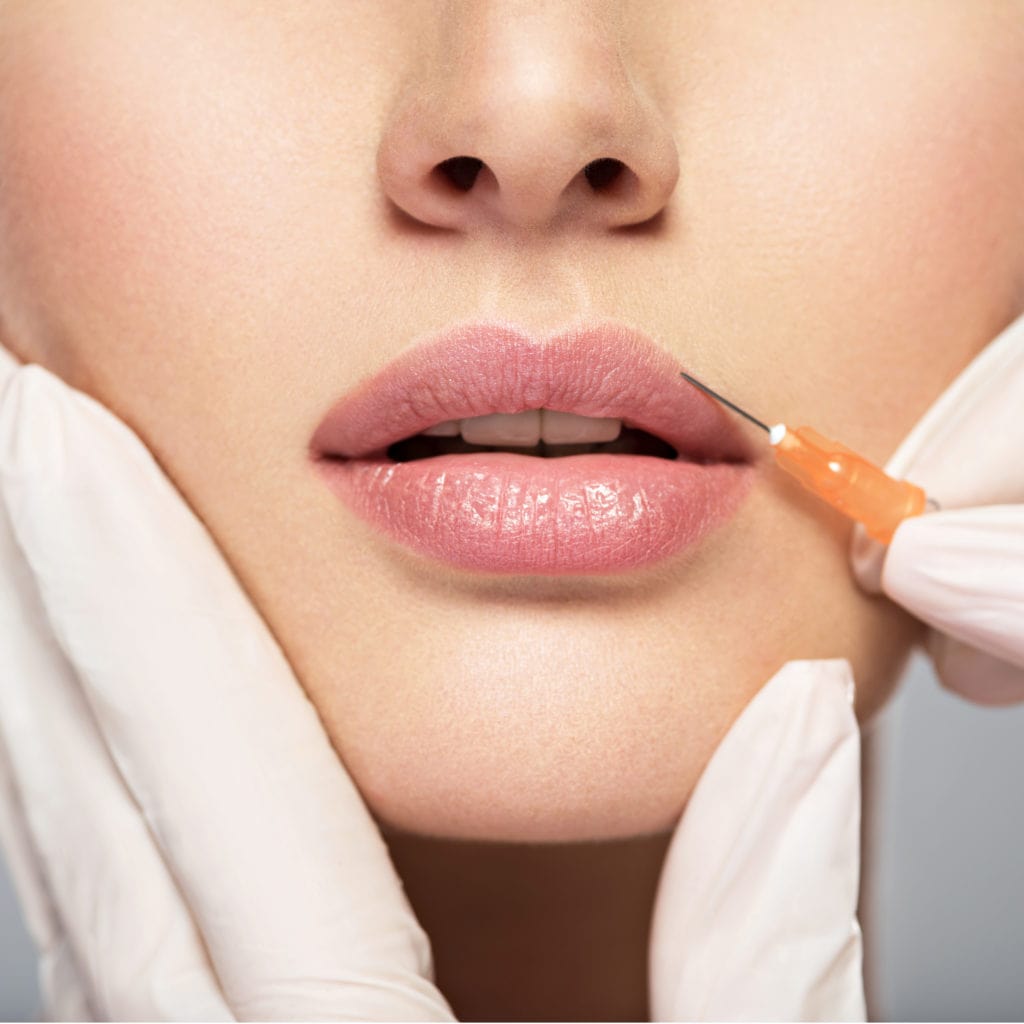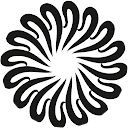There’s no denying the allure of a beautiful pair of lips, especially when enhanced with the magic touch of non-surgical lip fillers. At Clinic Dr Dray, London’s premium aesthetic clinic based in the upscale Kensington neighbourhood, we provide luxury, natural-looking lip filler treatments to elevate your appearance. Whilst we’re confident you’ll love your new sumptuous lips, it’s important to understand what the post-treatment stage will be like and how you can best care for your lips during this time. So in this article, we will cover how to manage the most common side effect after a lip filler treatment: lip swelling. After reading this, you’ll not only understand the lip filler swelling stages, but you’ll also have all the information you need to care for your brand-new lips.
Understanding Lip Fillers
Lip or dermal fillers are mostly made of a powerful substance called hyaluronic acid. Hyaluronic acid is naturally occurring, which means it is naturally present in your body. The way that hyaluronic acid works is that it attracts and holds onto water molecules. So when you have fillers with hyaluronic acid gently injected into your lips, you get a boost in lip fullness and definition.
The Lip Filler Procedure
Now, you might be wondering about the actual process of getting lip fillers. The journey typically begins with an in-depth consultation with our experienced cosmetic doctors. Once you agree on a tailor-made lip filler treatment, we apply a numbing cream to the lips to lessen discomfort. Then, using an expert injection technique, lip filler injections are carefully administered to the upper and lower lip, resulting in instant lip augmentation.
The Journey of Healing: Detailed Stages of Lip Filler Swelling
Some swelling with lip filler is a normal part of the body’s natural response to any perceived physical trauma, such as an injection. The science behind this is that white blood cells rush to the injection sites and trigger the initial swelling.
As part of your lip augmentation journey, it’s essential to understand the various stages of healing that follow the procedure. This section will guide you through the lip filler swelling timeline, providing a comprehensive day-by-day breakdown. We will pay particular attention to the significant changes occurring during the first week, often called the 1-week lip filler swelling stages.
Immediate Aftermath – Day 1
On the first day of the lip filler injection, you may experience some swelling. Swelling is a natural and expected part of the body’s response to the procedure. It’s a sign that your immune system is doing its job: reacting to the injection.
To manage this initial swelling, gently apply a cold compress or ice pack to the treated area. Cold, from ice or compresses, reduces swelling and eases any discomfort you may experience after the procedure.
Peak Swelling – Day 2 (Lip filler swelling Day 2)
On day two after your procedure, the swelling often peaks, and that is when patients notice the swelling the most. However, please do not worry. Once again, this is a natural part of the body’s healing process and will go down with time.
Swelling Reduction Begins – Day 3 – 4 (Lip filler swelling Day 4)
Between days three and four, the swelling will start to reduce. However, we warn patients that the speed of swelling can fluctuate in different areas of the lips. The result is that there might be some uneven swelling at different times and in different areas. These fluctuations are normal during the different swelling stages and are nothing to worry about.
Notable Changes – Day 5 – 7 (1 Week Lip Filler Swelling Stages)
By the end of the first week, you will notice a significant improvement in the swelling of your lips. Some patients’ lips are back to normal by the end of week one, only now they have a luscious new fullness. While your lips might still feel a little tender at this stage, the discomfort should be substantially less than in the initial days. Minor bruising might still be visible, but like the swelling, it should have steadily reduced over the week.
Healing Culminates – Day 8 – 14 (Two Weeks)
Any residual swelling should have completely disappeared at the end of week two. Your lips have undergone significant healing, and your lip filler treatment’s final, beautiful results should now be fully visible.
Efficient Ways to Manage Lip Filler Swelling
Although swelling is a common and expected occurrence after getting lip fillers, there are practical ways to manage and minimise it effectively. Here are some helpful tips:
Use a Cold Compress
Applying an ice pack or cold compress to your lips intermittently can benefit you significantly. Doing so every few hours post-treatment for the first few days can lessen inflammation and reduce swelling. Remember not to apply the ice directly on your lips; use a cloth or fabric as a barrier.
Avoid Strenuous Exercise
Heavy physical activity can lead to elevated blood pressure and increased blood flow, which can, in turn, exacerbate swelling. It is advisable to rest and refrain from any strenuous exercise for the first few days after the procedure.
Maintain an Elevated Position
Keeping your head elevated, particularly during sleep, can reduce swelling. This posture takes advantage of gravity to pull fluid away from the lips and reduce swelling.
Hydrate and Limit Salt Intake
Drinking plenty of water and staying well-hydrated can help reduce swelling. On the other hand, consuming too much salt can cause your body to retain moisture, increasing swelling in the lips. Limiting salt in your diet can aid in maintaining a fluid balance and potentially reduce lip swelling.
Avoid Blood Thinning Medications
Certain medications and supplements have blood-thinning properties that can increase bruising and swelling. Consult your doctor about your prescription, and seek advice tailored to your needs.
Conclusion
Swelling with lip fillers is a common phenomenon that occurs as a part of the healing process. Knowing what to expect during the healing process after getting lip fillers can make the experience much smoother and less stressful. By following the tips above, you can effectively manage lip filler swelling and ensure the best possible results from your cosmetic procedure.
Should you wish to delve deeper into the world of lip fillers, understand more about the science behind lip fillers, or explore other non-surgical aesthetic treatments, we invite you to visit our Lip filler page for more detailed information.
You’re also welcome to visit us at our London clinic, where our team of experienced professionals will guide you on your cosmetic enhancement journey. At Clinic Dr Dray, we view your beauty journey as a shared passion. Our luxury, natural-looking, non-surgical cosmetic treatments are meticulously tailored to suit your unique aesthetic needs. We understand that every individual is unique; therefore, their aesthetic needs and desires are also unique. That’s why we offer personalised consultations to listen to your goals, discuss the best treatment options, and design a tailored plan to achieve the desired aesthetic outcomes.
Your journey towards enhanced beauty and confidence is just a call away. Contact us at our London clinic today to schedule your consultation. Let us help you take your first steps on this exciting journey. We can’t wait to hear from you and help you turn your aesthetic dreams into reality.





































































